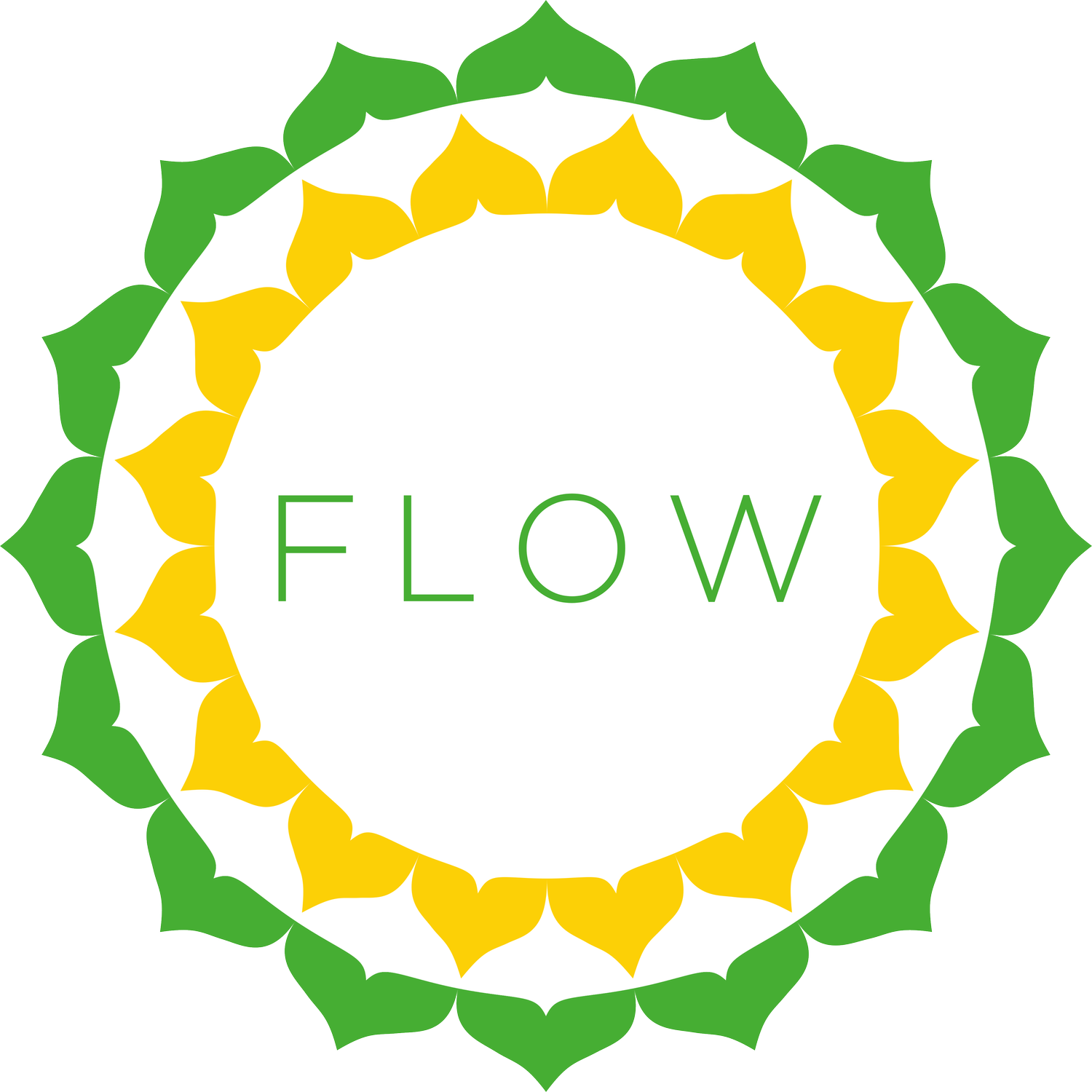WELLBEING PILLAR No.3
INTRODUCING - RIGHT THINKING!
We’ve all heard the term monkey mind, where our thoughts jump from one thing to another like a monkey leaping from branch to branch. Often this chatter goes on continuously, so much so that it thinks it runs the show and can unconsciously direct the course of our daily lives. Sometimes the noise is quiet and sometimes loud or even shouty. Often the thoughts create a sense of unease, stress or anxiety. We can be ruled by critical internal voices, demanding parts, habitual thoughts or unhelpful beliefs, summed up by the yogic term, vritti, translated as whirlpool or vortex. Whatever way you look at it, managing this chaotic inner landscape and creating a steady, calm way of thinking must be helpful, but how?
Meditation is my go-to here, a daily regular practice of sitting and steadying my thoughts to calm the waters and tame my monkey mind. Meditation also offers a wonderful insight into my inner world and allows time for reflection, awareness and curiosity to develop. Meditation has a very long lineage and as such has evolved and been taught in a plethora of different ways, some more esoteric and convoluted than others. In truth, the very act of meditation is remarkably simple. Here are the rules; sit down (best not to lie down in case you fall asleep), close your eyes (best to stop you from getting too distracted by the outside world), gently focus on your breath (an object that is part of the external as well as internal world and moves slowly and steadily enough to keep the mind interested), repeat for any given time frame from 5 minutes upwards. It really can be that simple, and yet for so many of us not getting distracted is oh so hard.
The aim of meditation is not to do anything, cultivating a sense of being, and through being present to the here and now of things we can see more clearly what is happening for us and therefore consciously choose our response to it. The problem here is that so many of us are so inherently attached to being busy doing things that sitting still and ‘simply’ being is nigh on impossible. It’s a process of learning to see the wood for the trees, as we might say, and it takes lots of practice. Now, it’s entirely possible for us to go into this with a bit of gung-ho mentality making all sorts of demands of our brains to ‘stop’ our thoughts or ‘clear’ our minds. Over time this type of shaming and critical approach only leads to much discipline being required and becomes exhausting, demanding and virtually impossible. Better to befriend your mind, and to watch your thoughts much like you would watch clouds in a windy sky, as the late Buddhist monk and peace activist Thich Nhat Hanh said is in his poem, Breathing. When we can allow ourselves both the space and time to sit with ourselves, to get to know our inner world and to allow ourselves to truly be, we are creating a ripe fertile ground of our minds where new seeds of gentle, nurturing and compassionate energy can grow.
“There is a way between voice and presence, where information flows.
In disciplined silence it opens; with wandering talk it closes.”
by Rumi
Only when we can see what’s truly going on inside of us can we consciously, considerately and appropriately choose what actions we wish to take. We’re no longer governed by reactions and responses that may feel out of control, ‘knee jerk’ or out of character. Watching the mind and developing your inner witness allows for more understanding of self which builds both confidence in self and acceptance of self, for it comes from a true sense of self, the unchanging nature within.
If you’ve tried meditation before, and feel it’s not for you, perhaps give it one more try and get in touch with Lucy. She will be very happy to arrange a private session to give you some new insight into how you can tame your monkey mind, see more clearly from within and start to get your thinking back on the right track. Lucy also runs monthly Friday Focus meditation workshops that offer a great start to meditation or fantastic support for regular practitioners.
RECAP - The 5 pillars are:
1. Right Exercise
2. Right Breathing
3. Right Thinking
4. Right Nutrition
5. Right Relaxation
